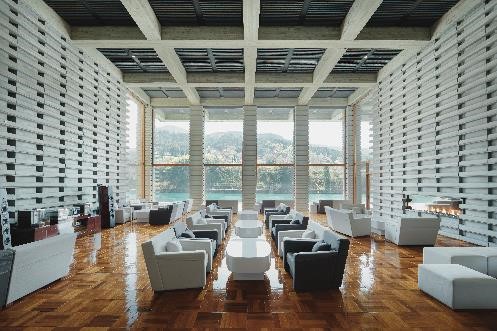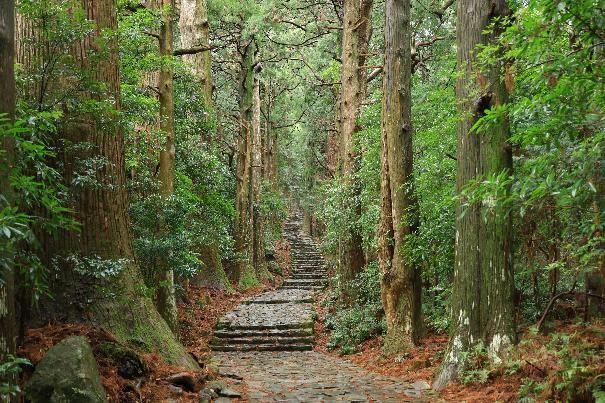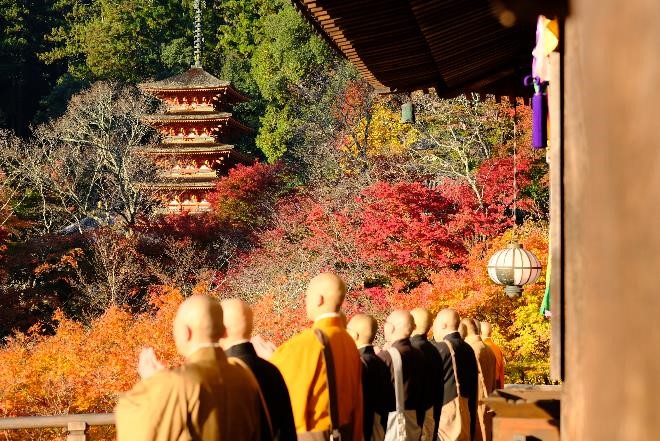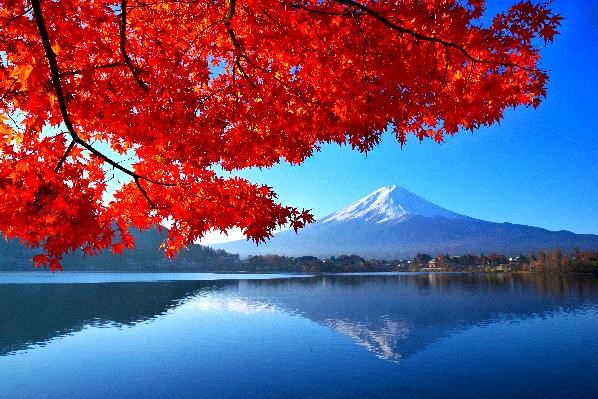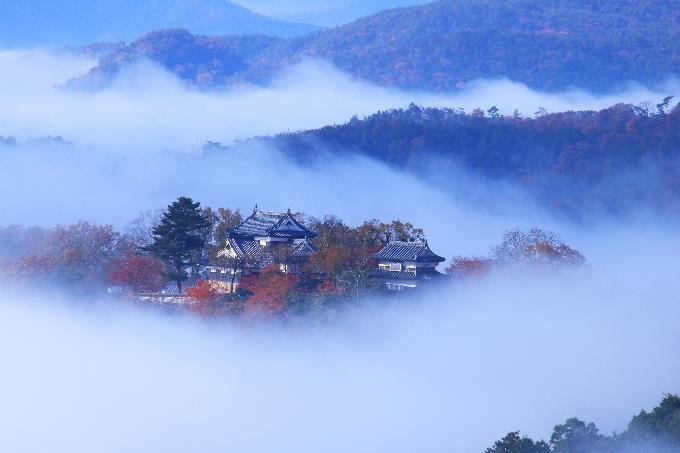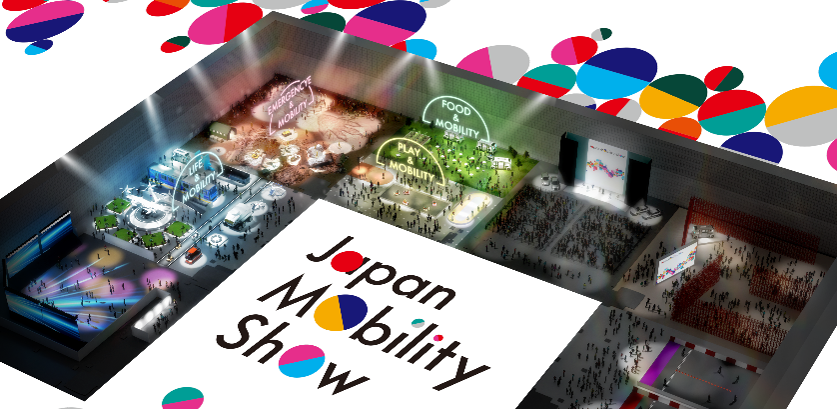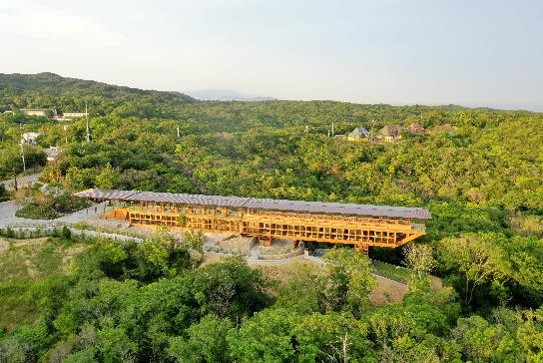
Japan National Tourism Organization (JNTO)
[JNTO] Traveling for well-being through water, woods, and wilderness
2023.10.04
Press release
PDF ver.

Japan’s wide range of natural environments offers travelers a rich choice of ways to improve their well-being and engage with their surroundings. Well-being tourism is a type of tourism that allows people to focus completely on their own health, be it mental, emotional, or spiritual. Tourism for the sake of well-being has become a recent phenomenon, perhaps brought on by the stress of an increasingly frantic pace of life due technological advances or from years of uncertainty during a global health pandemic. Fortunately, well-being has long been part of Japan's spiritual culture, from its forest bathing experiences immersed in nature to its centuries of enjoying onsen hot springs for both therapeutic and relaxational purposes. Here are a few unique wellness experiences you'll find only in Japan.
Meditate with Zen masters in a modern retreat
One place where travelers can experience a holistic wellness retreat is Awaji Island, located in Japan’s Seto Inland Sea. This region is already well known for its calm beach waters and countless art and nature islands. Awaji Island is particularly revered for its imperial gastronomy, where fresh-caught whitebait is flash-freezed right out of the water and served plump and springy, where top-grade Tajima cattle is raised for gourmet Awaji Beef.
In the north of the island, perched on a secluded hilltop of boundless greenery and free of all urban distractions, Zenbo Seinei provides a self-contained space dedicated to meditation, yoga, and all-around well-being.
The contemporary structure is like a floating Zen garden with a modern twist, where individual rocks and still pools of water merge with concrete paths, and an open terrace made of Japanese cedar planks blends naturally into the surrounding forest. The minimalist design even includes special supportive cushions to help guests sit cross-legged for long periods of quiet time.
At mealtimes, wholesome vegan cuisine features seasonal fruits and vegetables grown on Awaji Island, alongside handpicked wild herbs and seasonings without any artificial flavoring or additives – as if inspired by traditional Buddhist Shojin Ryori, minus the temple setting.
It’s an ideal place to engage in guided meditation or yoga, especially for beginners. Other experiences include Zen tea ceremony, calligraphy and other contemplative activities, perfect for a rejuvenating day trip or a short overnight stay.
Relax at a riverside resort filled with nature and art
The lush green mountains of Toyama are also conducive to mindfulness amidst the rich natural environment of the Jinzu River. On its northern bank, nestled in the Jinzu Gorges hot springs, River Retreat Garaku invites travelers to slow down, take an art walk, and soak in the area’s naturally healing Onsen waters. The resort includes a private garden walking path, where guests can retreat into the riverside scenery while encountering contemporary artworks by Japanese artists, many visible from the guest rooms.
Most guest rooms overlook the Jinzu riverbank, each with its own distinct character: lavish vermilion touches or soothing earthen textures, warm walnut or chestnut interiors, Washi wallpaper, silk partitions, and even tea ceremony or calligraphy elements on Tatami mats, so that each guest can cultivate their individual well-being at their own pace.
Yakutotoryu Spring Day Spa combines the relaxing elements of Japanese Onsen hot springs with therapeutic spa treatments designed for relaxation and wellness. The treatments are rooted in Toyama's history and natural resources; choose the Gakanraku course, and you'll be treated using aromatic oils from Toyama's history as a medicine town, or the Shinrinko course, which uses essential oils derived from the mountain forests around Toyama.
Whichever course you choose, you'll be pampered by the professional staff in one of three elegantly designed treatment rooms that use the colors of nature, lush wood grain, and the sounds and scents of nature to put you completely at ease.
Toyama is the natural capital of medicine in Japan, famous for its rich forests and pure water. One of the most rewarding elements of well-being is understanding and incorporating the characteristics, history, and ingredients of the area’s local culture.
Bathe in the forest and worship a sacred waterfall.
The ancient Kumano Kodo is one of Japan’s most spiritual pilgrimage routes. Among its most mystical sections is the forested path from Daimonzaka to Kumano Nachi Taisha Grand Shrine, which enshrines the spectacular 133-meter-tall Nachi Waterfall in Wakayama prefecture.
The Kumano faith intimately combines the natural elements of the area with Shinto, Buddhism, and Shugendo (ascetic mountain worship); this part of the route especially immerses hikers in forest-bathing spirituality that induces mindfulness with each step.
The total length of this gently sloping walk, which begins at the entrance of the beautifully preserved vestige of Daimonzaka gate, is less than 3 kilometers. Along this path, even casual trekkers can enjoy a spiritual walk through a naturally sacred site, passing the many nearby hot springs that benefit from this abundance of water, and absorbing the mossy, woodsy atmosphere of the forest on a truly divine path into the mountain.
Once hikers arrive at the Kumano Nachi Taisha Grand shrine and Nachisan area, they can witness the enshrined waterfall pouring out of the mountainside, and even drink the water for longevity – it’s the same water that flows through the mouth of the dragon fountain into the shrine’s fortune-telling basin.
Escape from stress and daily routines comes in many forms. Each traveler has many options to find their own way to relax and recover mental and physical balance, strength, and clarity. Perhaps, all it takes is being at the right place at the right time to find those valuable moments of mindfulness.
For more on forest bathing, please also see the feature story in our Monthly Web Magazine.
Japan Tourism Topics
1. Take in all the colors of fall at the Hasedera Maple Festival, Nara
Every autumn, from mid-October to early December, the Hasedera Temple (also known as the Temple of Flowers) in Nara prefecture welcomes the Hasedera Maple Festival. At this time of year, the temple beautifully showcases the contrasting colors of autumn leaves surrounding its iconic Five-Story Pagoda.
The festival hosts various events, most notably the Special Viewing of the Main Deity Kannon Statue-a unique experience that's not be missed. This is when visitors can step inside the national treasure main hall, normally off-limits to the public, touch the Kannon deity's feet, and offer their prayers.
Hasedera Temple:https://www.hasedera.
2. Enjoy Autumn Foliage with Mt. Fuji backdrop at the Fujikawaguchiko Autumn leaves Festival, Yamanashi
From October 28th to November 23rd, the annual Autumn Leaves Festival is held in the picturesque town of Fujikawaguchiko in Yamanashi Prefecture. Visitors can stroll the Momiji Corridor, a scenic 350m maple-lined avenue that offers an immersive view of the autumn foliage set against Mt. Fuji's majestic backdrop. Beside the shimmering Lake Kawaguchi, some 400 to 500 trees change into their autumnal attire, casting their reflection on the water's surface for a picture-perfect scene!
Throughout the festival, visitors can enjoy live entertainment on a dedicated stage, as well as a wide array of food stalls and craft markets selling local delicacies, crafts, souvenirs, and farm-fresh produce. After sunset, a light-up event transforms the leaves, casting a surreal glow on Mt. Fuji.
Fujikawaguchiko Autumn Leaves Festival: https://fujisan.ne.jp/en/
3. Dive into the world of Eren and friends at "Attack on Titan in HITA” , Oita
Hita City in Oita, is home to Attack on Titan creator Isayama Hajime, and the attractions dedicated to the smash-hit series include statues of young Eren, Mikasa, and Armin at the foot of the Oyama Dam, as well as the imposing Captain Levi figure guarding near Hita Station. The city is also home to an Attack on Titan-themed collaboration cafe, as well as local eateries where visitors can enjoy dishes in collaboration with it.
At the heart of it all is the “Attack on Titan” exhibit at HITA Museum. This summer, the museum unveiled an expansive "Attack on Titan in HITA Museum ANNEX", where visitors can explore a vast collection of annotated original artworks spanning volumes 1 to 34. In addition, visitors can download a dedicated smartphone app to engage in immersive AR experiences around the city and even participate in a stamp rally to win prizes.
Attack on Titan in HITA: https://shingeki-hita.com/
4. Soar among clouds at Bitchu Matsuyama Castle, Okayama
Resting near the summit of Mt. Gagyu at an elevation of 480 meters, Bitchu Matsuyama Castle in Takahashi City, Okayama, often seems to float on a sea of clouds, earning its title as the "Mountain Castle in the Sky." From late September to early April, the castle is at its most enchanting, especially during early mornings when the ethereal cloudscape unveils itself.
Beyond its nationally recognized keep and turrets, the castle brims with historical significance, tracing its origins back to the Kamakura period. Visitors can marvel at the ingenious use of granite and timber, carved straight from Mt. Gagyu, which stands as a testament to the castle's unique architectural prowess. Of course, a visit to Bitchu Matsuyama Castle isn't complete without gazing at the clouds from the nearby observatory-while each season casts a magical tint on the castle, it's from mid to late November that the surrounding area offers an especially colorful panorama among the autumn foliage.
Bitchu Matsuyama Castle: https://www.
5. Enjoy an all-around cultural experience in the heart of Tokyo at TOHAKU CHAKAN, inside the Tokyo National Museum, Ueno
TOHAKU CHAKAN is located within the grounds of the Tokyo National Museum in Ueno Park, Tokyo. For a limited time only, until January 28, 2024, the space is hosted in the museum's Okyokan, a nearly 300-year-old historic house. Here, visitors can enjoy a variety of authentic Japanese activities and delicacies in a setting that is unusually open to the public.
Besides enjoying a meal at the Okyokan café accompanied by exclusive Sake and premium Japanese whisky, visitors can also participate in cultural workshops: for those interested in traditional attire, the venue offers a Kimono-wearing experience, while those seeking a moment of mindfulness can try out a unique Zen breathing method (Zen Kokyu), which dates back to the 18th century. Visitors can also learn how to whisk Matcha tea and enjoy a cup with traditional Japanese sweets. Just a short distance away from many other museums and attractions, Tohaku Chakan provides a genuine slice of Japanese culture in the heart of Tokyo.
TOHAKU CHAKAN: https://chakan-tokyo.com/
6. Discover the future at the upcoming Japan Mobility Show 2023, Oct 28-Nov 5, Tokyo
The Japan Mobility Show 2023, formerly known as Tokyo Motor Show, is set to take place this year from October 28th to November 5th at Tokyo Big Sight. The event will showcase a wide variety of exciting and futuristic products, technologies and services, by over 400 global companies not only from the automotive sector but across other industries including startups as well. Visitors can experience the future of mobility through the immersive theater and interactive showcases. Furthermore, live musical performances entitled “H2 Energy Festival” will be held daily, powered by hydrogen. Prior to public viewing, press days will be held October 25th to 26th, with registration required.
Other events include ASV/ZEV ride-and-drive, motorsports featuring real racecars and e-Motorsports championship, and series of talk shows on the stage. Visitors can purchase tickets on their website.
Japan Mobility Show 2023: https://www.japan-mobility-
Notes:
・The above details are correct as of the time of publication, and are subject to change.
If you’d like to download photos and videos of Japan's tourist attractions, please visit the Japan Online Media Center (JOMC): https://business.jnto.go.jp/
For media inquiries, including requests to use photographs, please contact the JNTO Press at media_Inquiry@jnto.go.jp





